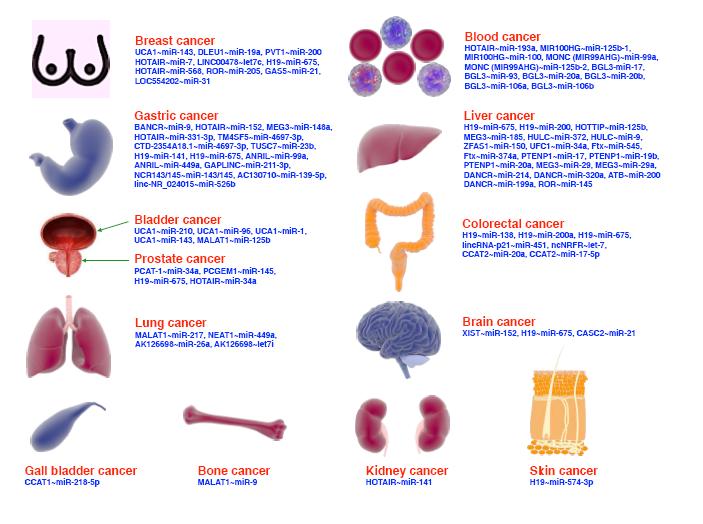Subpopulation treatment effect pattern plot (STEPP) method is a method for examining the relationship between treatment effects and continuous covariates and is characterized by dividing the study population into multiple overlapping subpopulations to be analyzed based on continuous covariate values. STEPP method has a different purpose than traditional subgroup analyses, and STEPP has a clear advantage in exploring the relationship between treatment effects and continuous covariates. In this study, the concepts, advantages, and subpopulation delineation methods of the STEPP method are introduced, and the specific operation process and result interpretation methods of STEPP method analysis using the STEPP package in R language are presented with examples.
Citation:
LI Yufei, LIU Jianping, LIANG Shibing, CHENG Hongjie, ZHANG Qiaoyan, ZHANG Ying. Application of the subpopulation treatment effect pattern plot (STEPP) method in clinical trials. Chinese Journal of Evidence-Based Medicine, 2024, 24(8): 980-985. doi: 10.7507/1672-2531.202308169
Copy
Copyright © the editorial department of Chinese Journal of Evidence-Based Medicine of West China Medical Publisher. All rights reserved
| 1. |
|
| 2. |
|
| 3. |
|
| 4. |
|
| 5. |
|
| 6. |
EMA. Guideline on adjustment for baseline covariates in clinical trials. London: EMA, 2015.
|
| 7. |
FDA. Adjusting for covariates in randomized clinical trials for drugs and biologics with continuous outcomes. Washington DC: FDA, 2019.
|
| 8. |
|
| 9. |
|
| 10. |
|
| 11. |
|
| 12. |
|
| 13. |
|
| 14. |
|
| 15. |
|
| 16. |
|
| 17. |
|
| 18. |
Shen B, Liu J, Wu D, et al. Evaluation of the safety and efficacy of high-dose rate brachytherapy for radiorecurrent prostate cancer: a systematic review and meta-analysis. Strahlenther Onkol, 2024.
|
| 19. |
Yip W, Lazar A, Zahrieh D, et al. Stepp: subpopulation treatment effect pattern plot (STEPP). R package version 3.2. 5, 2020.
|
| 20. |
Lagakos SW. The challenge of subgroup analyses--reporting without distorting. N Engl J Med, 2006, 354(16): 1667-1669.
|
| 21. |
|
| 22. |
|
| 23. |
|
| 24. |
|
| 25. |
|
- 1.
- 2.
- 3.
- 4.
- 5.
- 6. EMA. Guideline on adjustment for baseline covariates in clinical trials. London: EMA, 2015.
- 7. FDA. Adjusting for covariates in randomized clinical trials for drugs and biologics with continuous outcomes. Washington DC: FDA, 2019.
- 8.
- 9.
- 10.
- 11.
- 12.
- 13.
- 14.
- 15.
- 16.
- 17.
- 18. Shen B, Liu J, Wu D, et al. Evaluation of the safety and efficacy of high-dose rate brachytherapy for radiorecurrent prostate cancer: a systematic review and meta-analysis. Strahlenther Onkol, 2024.
- 19. Yip W, Lazar A, Zahrieh D, et al. Stepp: subpopulation treatment effect pattern plot (STEPP). R package version 3.2. 5, 2020.
- 20. Lagakos SW. The challenge of subgroup analyses--reporting without distorting. N Engl J Med, 2006, 354(16): 1667-1669.
- 21.
- 22.
- 23.
- 24.
- 25.
Journal type citation(5)
| 1. | 杨心妮,封富哲,朱美娟,张会君. 老年人的日常活动能力与认知的交叉滞后分析. 锦州医科大学学报. 2023(03): 93-96 .  Baidu Scholar Baidu Scholar | |
| 2. | 朱丹,张坚,曾平,谢红. 京津地区护理型养老机构老年人营养状况对失能程度影响的调查研究. 营养学报. 2021(01): 43-48 .  Baidu Scholar Baidu Scholar | |
| 3. | 李秋萍,黄芳艳,麻新灵,韦云宝. 老年髋部骨折患者居家护理需求研究进展. 中外医学研究. 2021(24): 194-196 .  Baidu Scholar Baidu Scholar | |
| 4. | 林晓明. 锦州市老年人日常生活能力及居家护理需求分析. 中国老年保健医学. 2020(02): 123-125 .  Baidu Scholar Baidu Scholar | |
| 5. | 丁宇,陈柯梅,陆叶,高倩,周萍,吕怀娟. 空巢老人对大学生志愿服务需求现状分析. 全科护理. 2019(30): 3813-3815 .  Baidu Scholar Baidu Scholar | |
Other types of references(9)
| 1. | 崔慧英. 失能老人家庭照护者照护技能缺陷评测量表的构建及应用[D]. 华北理工大学. 2024.  Baidu Scholar Baidu Scholar | |
| 2. | 范榕. 人际幸福感与社会支持交互作用对社区老年人社会隔离发生的影响[D]. 华北理工大学. 2019.  Baidu Scholar Baidu Scholar | |
| 3. | 郭丽芳. 河南省老年人能力现状及影响因素研究[D]. 郑州大学. 2020.  Baidu Scholar Baidu Scholar | |
| 4. | 张甜甜. 河南省老年人日常生活能力衰减拐点及影响因素研究[D]. 郑州大学. 2022.  Baidu Scholar Baidu Scholar | |
| 5. | 李玉妹. 基于“互联网+”慢性病老年人居家护理服务需求调查及其护理服务方案制定[D]. 南昌大学. 2021.  Baidu Scholar Baidu Scholar | |
| 6. | 李秋萍. 老年髋部骨折术后患者居家护理需求现状及影响因素分析[D]. 右江民族医学院. 2022.  Baidu Scholar Baidu Scholar | |
| 7. | 聂慧敏. 老年糖尿病患者日常生活能力的社会支持研究[D]. 厦门大学. 2022.  Baidu Scholar Baidu Scholar | |
| 8. | 胡巍. 齐齐哈尔市居家失能老人与照护者现状调查及相关因素分析[D]. 锦州医科大学. 2020.  Baidu Scholar Baidu Scholar | |
| 9. | 周玉兰. 哈密市老年人日常活动能力和健康期望寿命及其影响因素的研究[D]. 新疆医科大学. 2019.  Baidu Scholar Baidu Scholar | |





 Baidu Scholar
Baidu Scholar